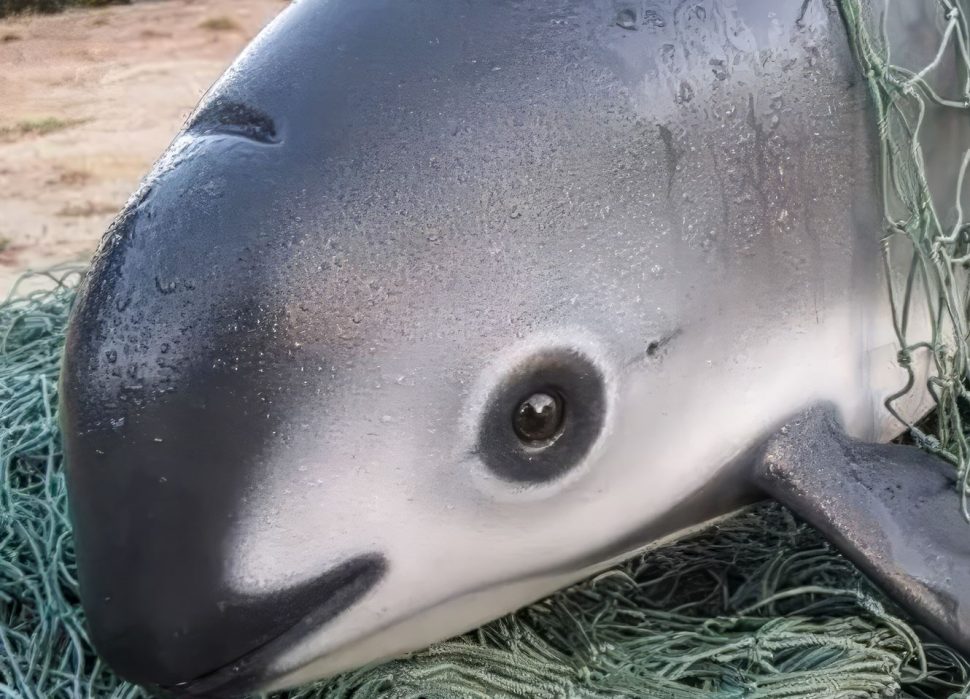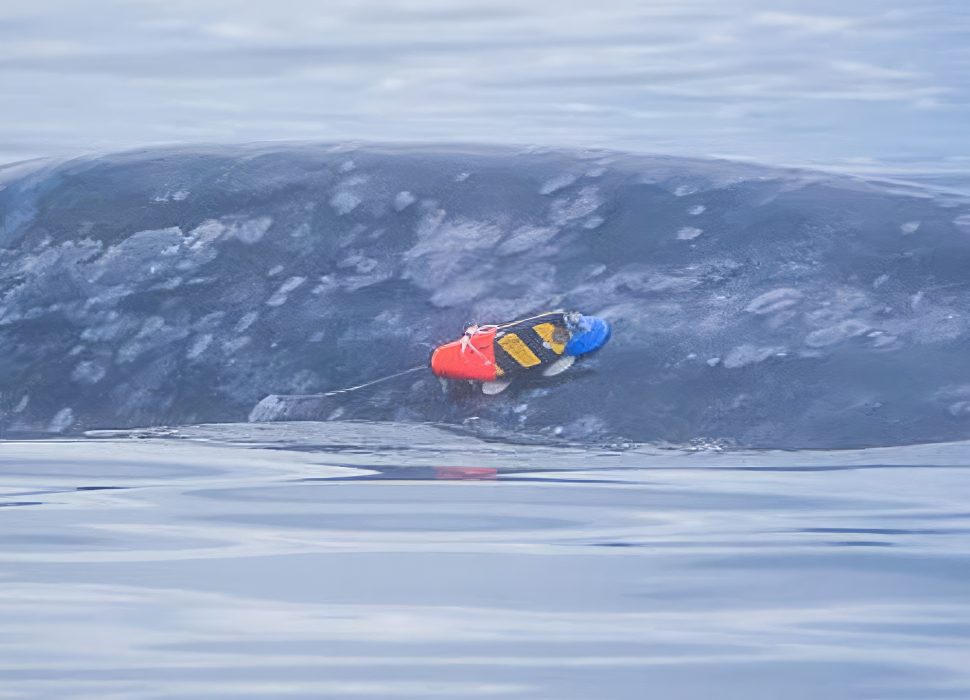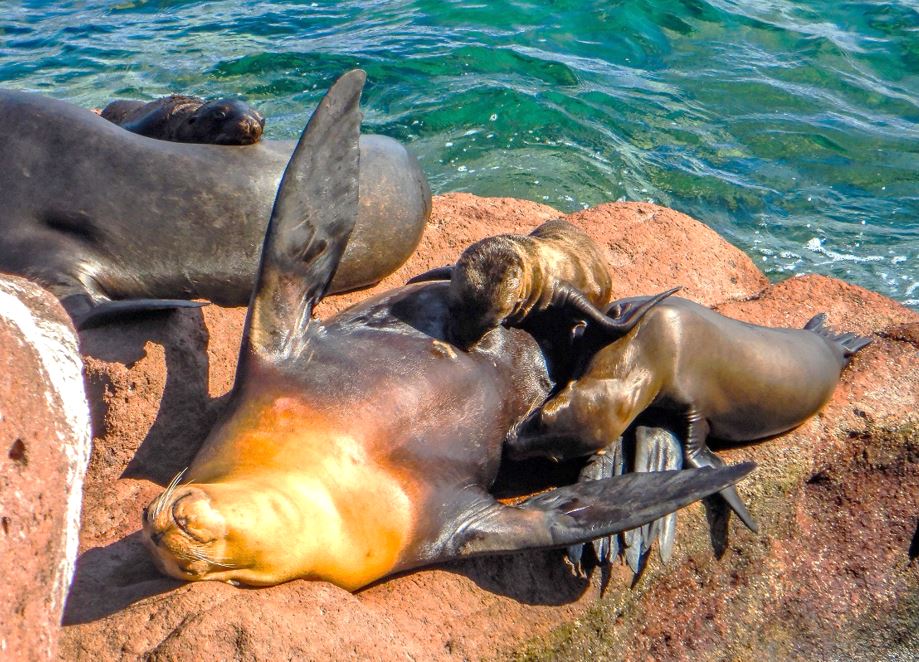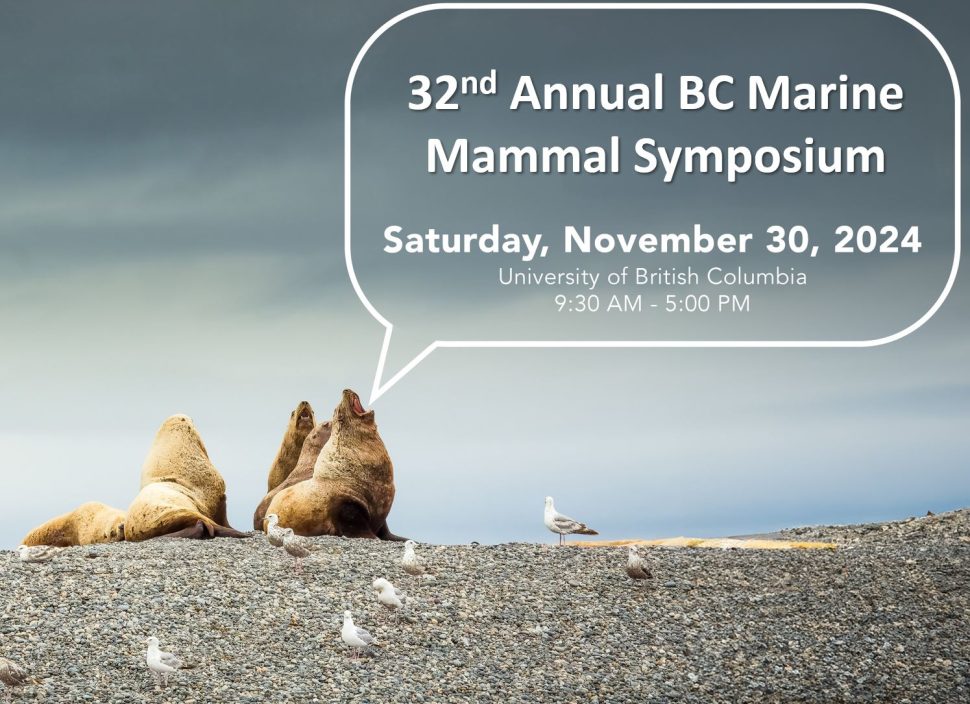-

UBC November Symposium Cancelled; Returning in 2026
As a longstanding fixture of the BC marine mammal community since 1992, we regret that this year’s event will not take place.
0 -

West Coast Transients: Two populations, two lifestyles
Two distinct killer whale societies have been hiding in plain sight—one inner and one outer coast. Their social lives and habitats differ more than we ever imagined
-

Toxic Legacy: ‘Forever Chemicals’ found in BC’s sea otters
PFAS chemicals are showing up in BC sea otters—and it is worse near shipping lanes and urban centers
-

Sea Lions in Mexico and the USA: Same species, different fates
Why are California sea lions thriving in one region but declining in another? The answer isn’t just in their diet.
-

The Drift Effect: How carcasses can distort conservation planning
Stranding-only models predict far too much habitat, and can lead to protecting the wrong areas. Discover why direct observations are critical for accuracy
-

Gillnets and extinction: the Vaquita’s last stand
The time has come to either save the vaquita or support local fisheries. Fifty years of conservation efforts has shown it is not possible to do both.
-

Biologging breakthrough: First quantitative look at gray whale foraging
New tech shows gray whales spend more time searching than feeding—and prefer to roll left while dining
-

Pupnapping & Sexual Coercion: A barrier to species recovery?
Juvenile male otariids may be jeopardizing Guadalupe fur seal recovery by abducting pups. What’s the link?
-

Beyond the Surface: Unravelling the killer whale prey paradox
Cutting-edge technology provides unprecedented look into killer whale prey availability, challenging long-held beliefs
-

How long do sea lion pups rely on milk?
California sea lion whiskers show that it all depends on where they live and what is available for them to eat when weaned
-

Are you coming?
Join us in person or on line to hear about the latest research findings and observations
MARINE MAMMAL RESEARCH UNIT - UBC
